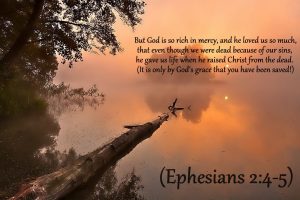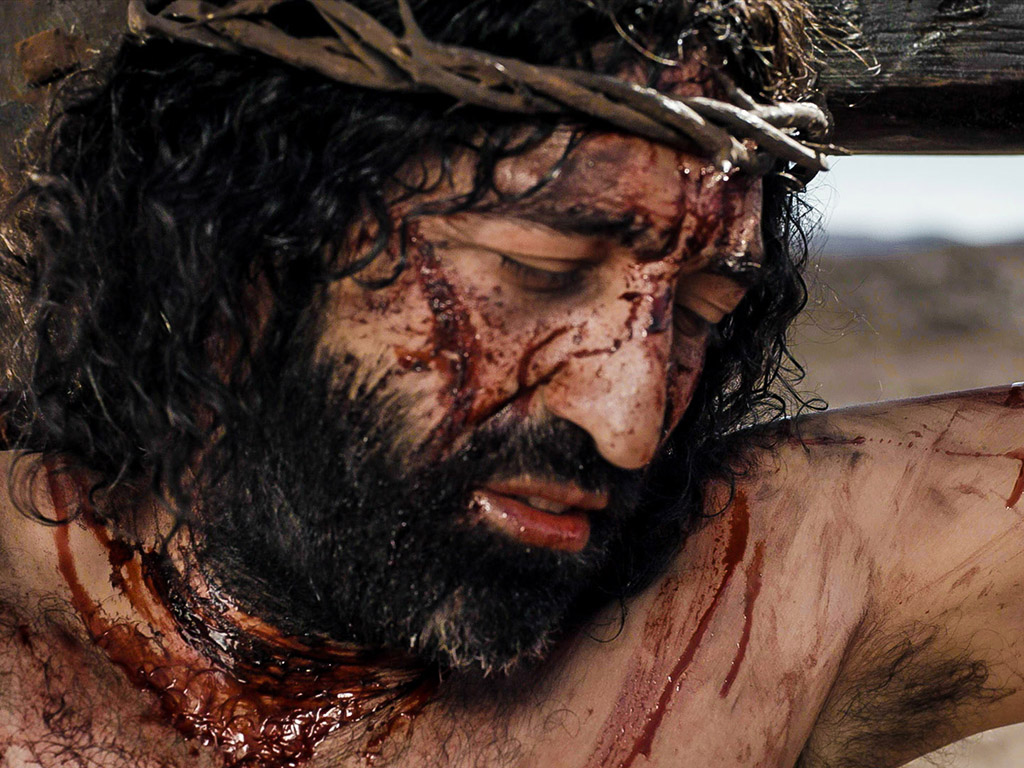In the 1st reading of last Sunday (Exodus 20:1-17) God gave his people what is known as:
The ten commandments.
In that text, we can read:
“You shall not make for yourself a carved image –
any likeness of anything that is in heaven above,
or that is in the earth beneath,
or that is in the water under the earth.”
I sometimes reflect that God did not want people to ‘create’ a representation of him
because he wanted them to see his true image.
He, himself, was to help us discover this image through the message he was to give us.
Something of this message is given to us in today’s readings.
The 1st reading of this Sunday (2 Ch.36:14-16,19-23) describes for us something of who God is:
“The Lord, the God of their ancestors, tirelessly sent them messenger after messenger
since he wishes to spare his people.”
 The 2nd reading (Ephesians 2:4-10) tells us:
The 2nd reading (Ephesians 2:4-10) tells us:
“God loved us with so much love that he was generous with his mercy.
And in the gospel (John 3:14-21), we hear that: 
“God loved the world so much that he gave his only Son,
so that everyone who believes in him may not be lost,
but may have eternal life.
This is the image of God – the true image of who he is and what he wants to be for us.
We should be careful not to present any other image of God –
it would be a poor image,
truly a caricature of him…
Note: Another reflection on a similar theme is available in French at: https://image-i-nations.com/4e-dimanche-du-careme-annee-b-2021/
And a video (in English) presents Nicodemus meeting Jesus in today’s gospel: https://youtu.be/rfpNLx-uFMs
 Good Friday is not the glorification of suffering, it is the exaltation of love –
Good Friday is not the glorification of suffering, it is the exaltation of love –  “The sun of righteousness will shine with healing in its rays.”
“The sun of righteousness will shine with healing in its rays.” Christmas has gone by, the New Year has been with us for 10 days now, and we have celebrated the Feast of the Baptism of the Lord – so we are back to ‘ordinary time’, or… are we?
Christmas has gone by, the New Year has been with us for 10 days now, and we have celebrated the Feast of the Baptism of the Lord – so we are back to ‘ordinary time’, or… are we?